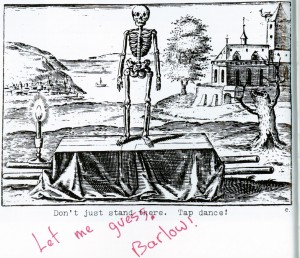
Happy Thanksgiving weekend in America! This is a good time to share something lighter than the constant war.
I’ve traveled to more than sixty countries, often spending years on end abroad. Those journeys have revealed many fascinating sides of life.
Today I am in Laos, a small country thick with jungles in Southeast Asia. Laos used to be called “The Land of a Million Elephants.” There still are many elephants, but not like those older times. One day in Italy, I was in Venice upstairs in a museum and saw a very old map of Laos. It was a mysterious place illustrated by elephants and nestled between Vietnam, Cambodia, Thailand, Burma and China. Many names have changed since that old parchment was drawn.
This is my fifth trip to Laos. The people are friendly and will eat just about anything. I write these words just next to an open market where they sell bats, rats, wildcats, and all sorts other creatures both dead and alive. There were a couple of porcupines and many frogs. Sometimes they will break the frogs’ legs so they will remain alive and fresh, but cannot escape. Bugs, grubs, and snake are on the menu. One man said that a tiger yields about 12 kg of bones and the Vietnamese will pay $45,000 for 12 kg, but the police will lock you up for killing tigers or monkeys. Some people keep dogs as pets or for security, but most of those dogs meandering about the villages are livestock no different than the chickens and pigs clucking and snorting about. Some of the Hmong will not eat dogs, but they raise them to sell to Vietnamese who work here.
A couple of nights ago, I had dinner with a Hmong family. They steamed flying squirrel with lemongrass, chili, garlic, and onions. It smelled delicious, and they also steamed some sort of wildcat, which I did not care for. It was not a tiger but a small jungle creature that weighed maybe five kg unskinned. I wondered if it was endangered or common.
In the villages, the simple things can be among the most interesting. The traps can be ingenious in their simplicity.
The people here will eat just about any sort of bird and are experts at catching them. The Hmong guide was taking me to a site with the ancient and mysterious Jars when we saw a birdhouse between two ponds.
[…]
This birdhouse is actually two traps. There are no trees around the pond, and so the bamboo arcing from the water provides a place for birds to rest. It’s the first trap.
[…]
Read the full post here.
Donate here.

COMMENTS
Please let us know if you're having issues with commenting.